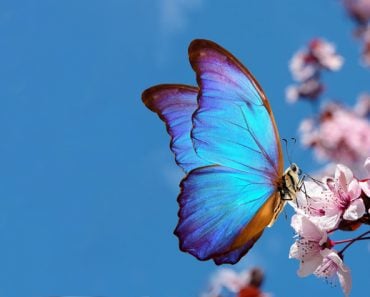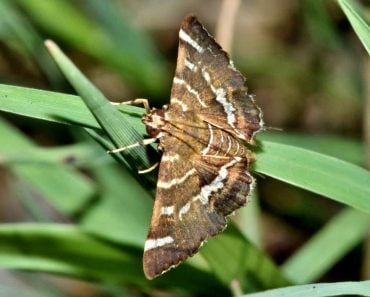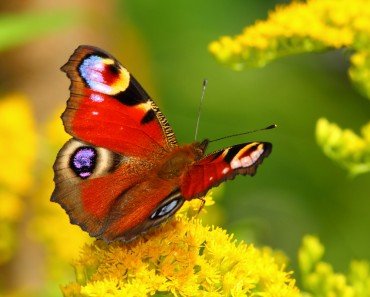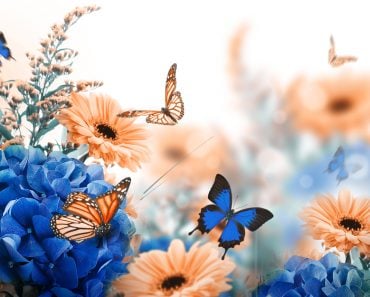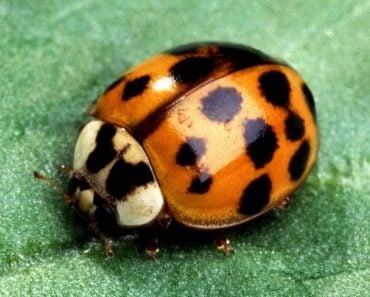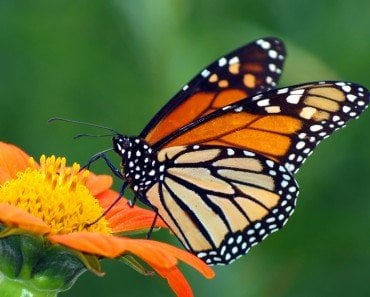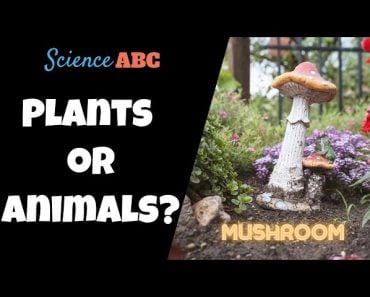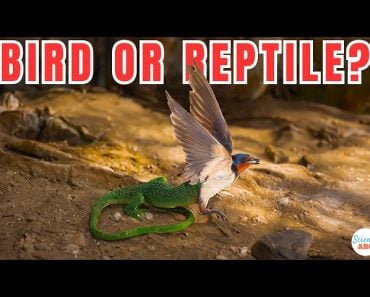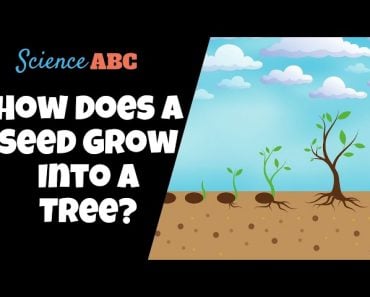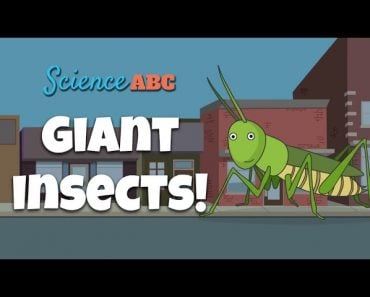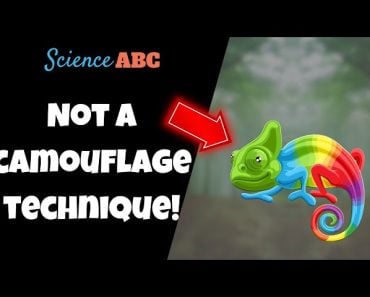Table of Contents (click to expand)
Yes, a butterfly is same as a caterpillar. Both belong to the same species but are at different developmental stages. A caterpillar turns into a butterfly.
Is a butterfly the same as a caterpillar? Well, allow me to answer that question with another question! Is an adult the same as a child? Perhaps you see where I’m going with this. A child and an adult are both humans, just at different stages of life. Similarly, a butterfly and a caterpillar belong to the same species (organisms belonging to the same taxonomic group), but are at different stages of their life. Just as a child slowly grows into an adult, so too does a caterpillar grow into a butterfly, albeit at a much faster rate. Basically, at some point in time, every butterfly was a caterpillar.
Recommended Video for you:
Metamorphosis
This process of growing from a caterpillar into a butterfly is called metamorphosis, a rather large word to describe the different stages of a caterpillar finally growing into a butterfly. In simple words, metamorphosis means transformation or change in shape. Just like butterflies, moths, bees, beetles and flies also undergo a process of metamorphosis. Metamorphosis consists of four stages—egg, larvae (caterpillar), pupa and adult (butterfly).
The four stages:
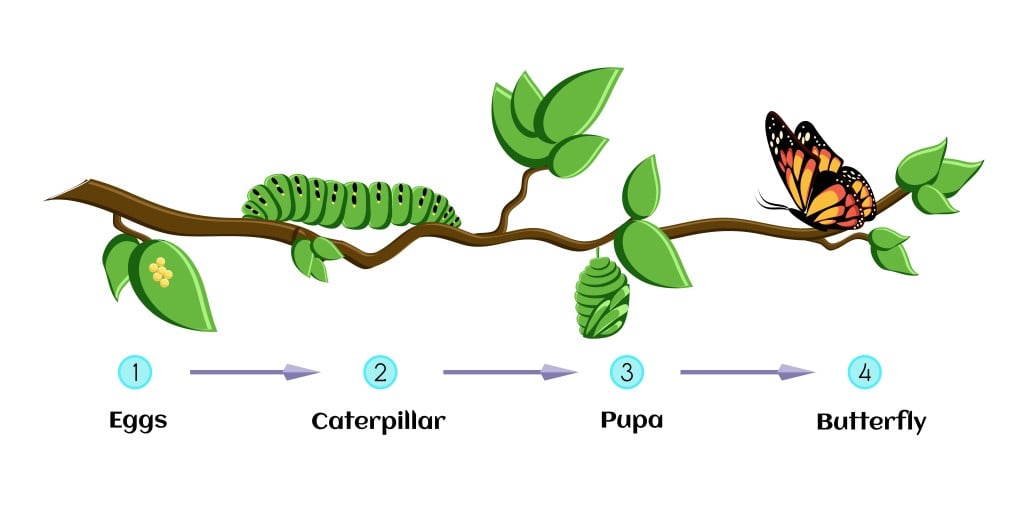
The mother butterfly lays eggs on a leaf, but not just on any leaf, one that the caterpillar will be able to eat after it hatches from the egg. The mother butterfly is as concerned for her child as much as any mother would be for her offspring’s survival. The butterfly lays several tiny eggs in order to maximize the chances of survival for some of them.
Once an egg hatches, the caterpillar comes out and eats the leaf, and then spends most of its time after that eating even more leaves. Think of it like hibernation; bears eat and eat until winter arrives so they have enough energy to survive the winter when food is scarce. A caterpillar also needs to eat a lot of leaves so it can survive the period when it turns itself to a pupa, also known as the chrysalis stage. A caterpillar also sheds its skin like a snake, as it keeps getting bigger and bigger, but its skin cannot grow along with it. This process of shedding its skin is known as molting.
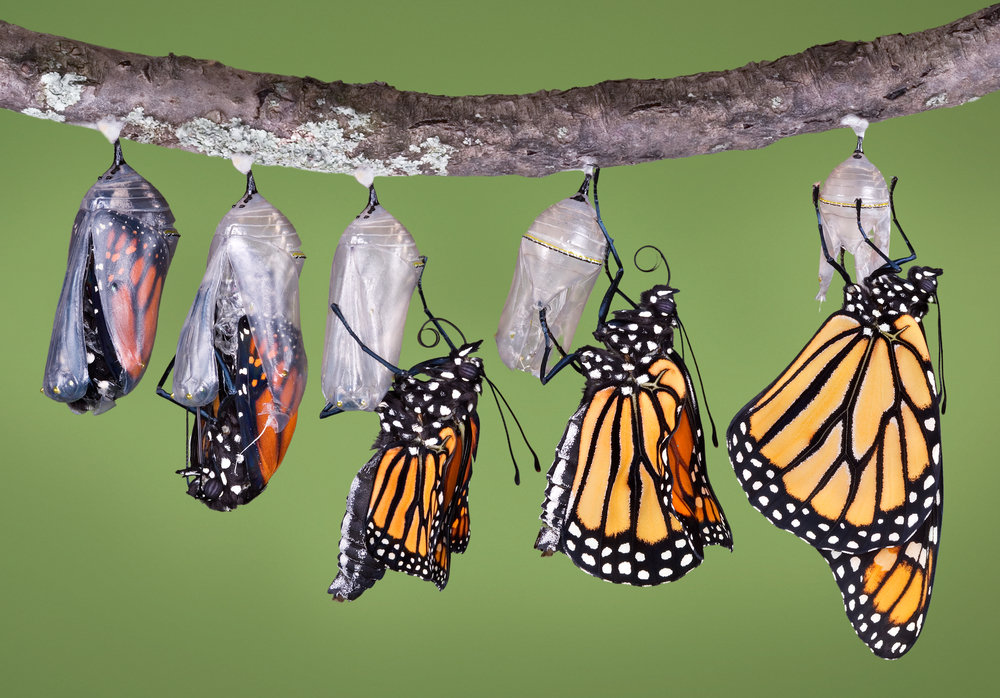
After eating a sufficient amount of leaves, the caterpillar hangs itself upside down on a twig and begins its magnificent and messy journey of turning into a butterfly. During its time in the chrysalis, the caterpillar forms a covering around itself, where it stays for approximately 10 to 14 days. The chrysalis is brown or green in color in order to camouflage and protect itself from other birds and animals in the surrounding. However, a caterpillar is not just hibernating and doing nothing while in its balloon-like home. The caterpillar literally digests itself! This happens because of a hormone called ecdysone, which genetically programs the caterpillar to dissolve itself during metamorphosis. Isn’t the power of nature incredible? The caterpillar can grow up to 100 times its size during this stage.
The caterpillar is changing and evolving, its body is growing wings and slowly transforming into a butterfly. Once the development is complete (eyes, wings, legs and antennae), it emerges from the cocoon as a fully grown butterfly ready to show the world its colorful wings! However, it can’t do so without practice; in the same way that a small bird learns to fly, the butterfly takes a few hours to get used to its new body part—the wings—and learns how to fly. At that point, the butterfly will begin to search for a mate and lay eggs to start the transformative journey all over again.
Different Types Of Butterflies
There are over 100,000 known species of butterflies in the world, and they are categorized not only in terms of species and families, but also based on their habitat. Different habitats enable different adaptations that are required for nutrition and camouflage. Thus, there are Grassland Butterflies, Woodland Butterflies, Mountain Butterflies, Coastal Butterflies and Exotic Butterflies. Grassland Butterflies are found in gardens and meadows, and are generally brightly colored like the Monarchs and Regal Fritillary.
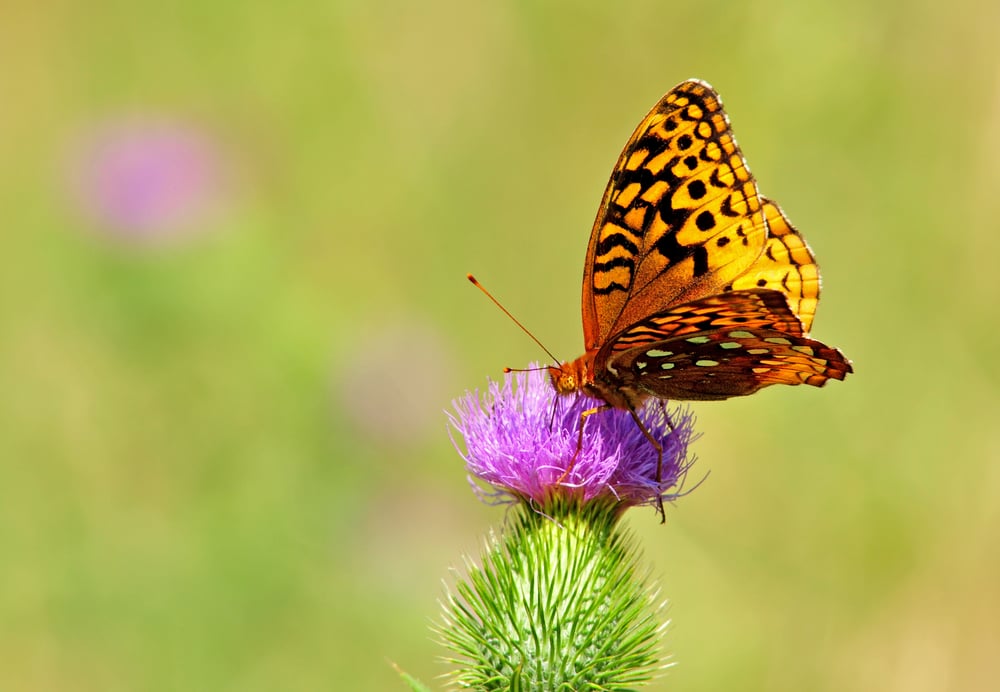
The most numerous types of butterflies are Woodland Butterflies because of the myriad food sources found in the forest. Some examples of this are the Acadian Butterfly and Pine Butterfly. Mountain Butterflies like the Arctic Fritillary and the Piedmont Ringlet are generally dark in color to absorb the heat from the sun in these cold regions. Coastal Butterflies like the Falcate Orangetip prefer living around salt marshes, canals and coastal regions.
Exotic Butterflies earn the name because of their extravagant colors, including pink, bright green and purple. They are mostly found in the tropics where there is an abundance of food, making them slightly bigger in size compared to the other types. Blue Morpho butterflies have upper wings that are iridescent blue and underwings with several brown spots, so when the wings flutter it creates a beautiful optical illusion.
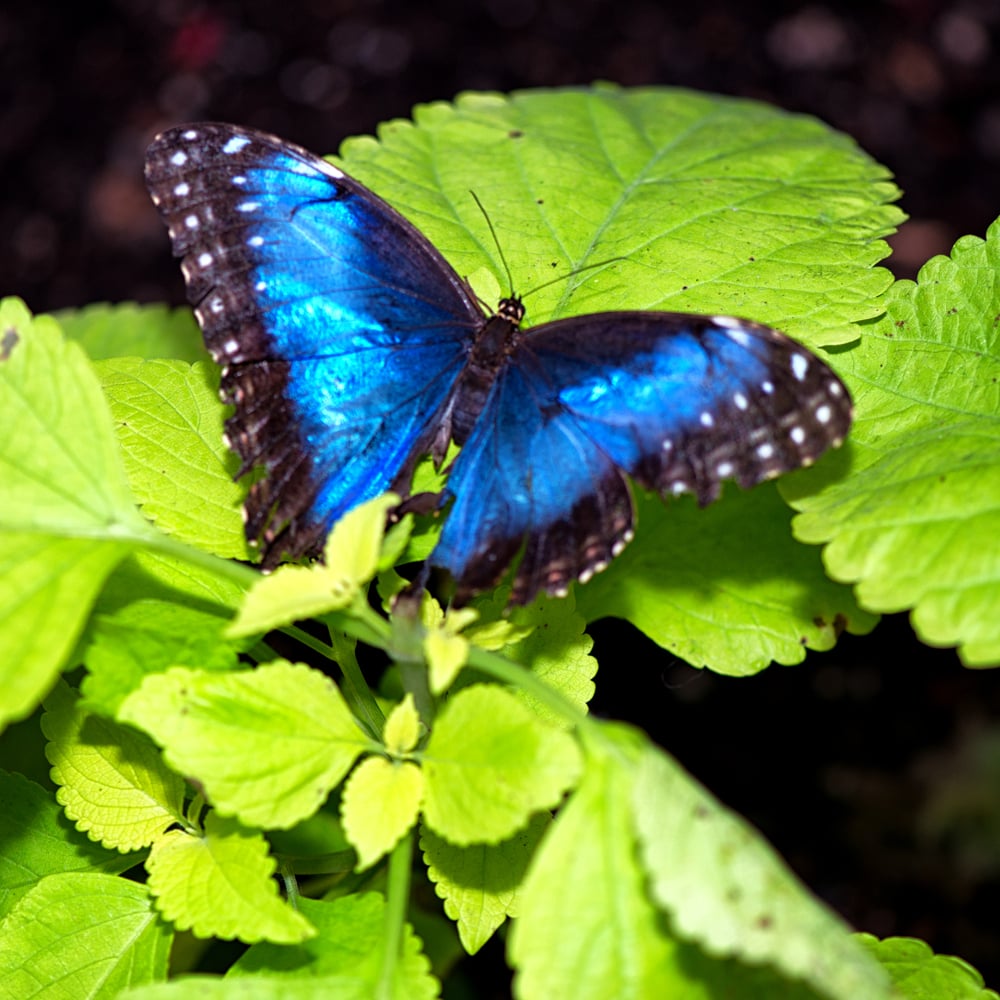
All that is to say, a caterpillar may not look the same as a butterfly, but it’s a work in progress! The process of metamorphosis teaches us that if we want to reach any goal, we need to work for it, but also be patient. We must have the hunger for knowledge, just like the caterpillar has for leaves. Shedding the old and welcoming the new is essential, and most importantly, you must have patience when you’re being tested—or if you ever get stuck in a cocoon for two weeks!

